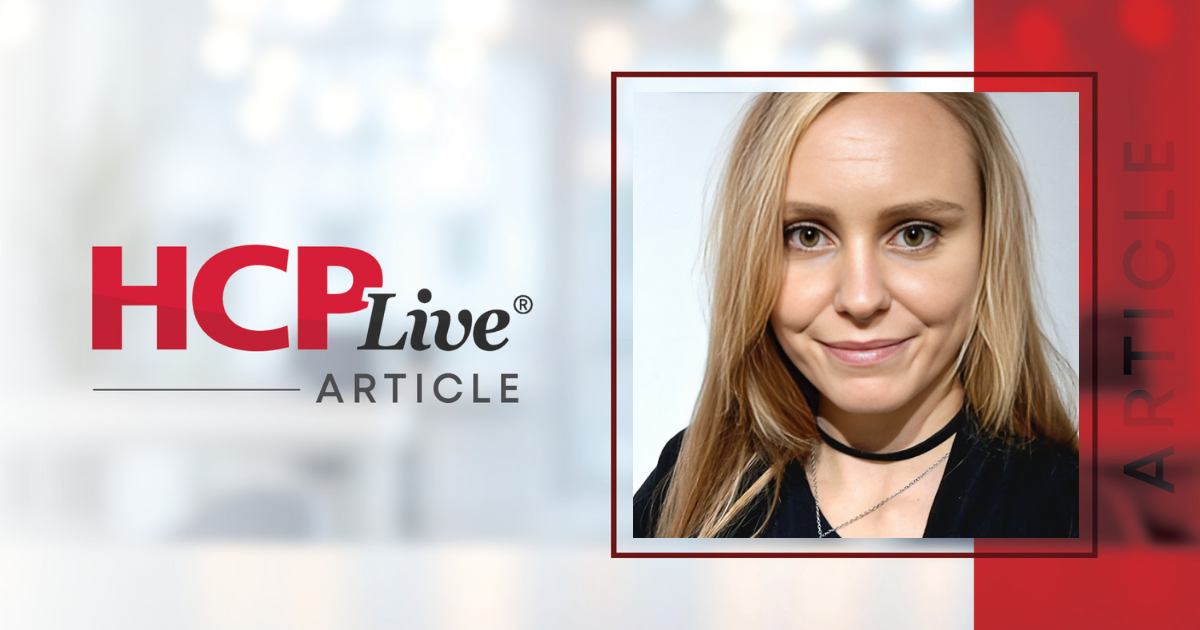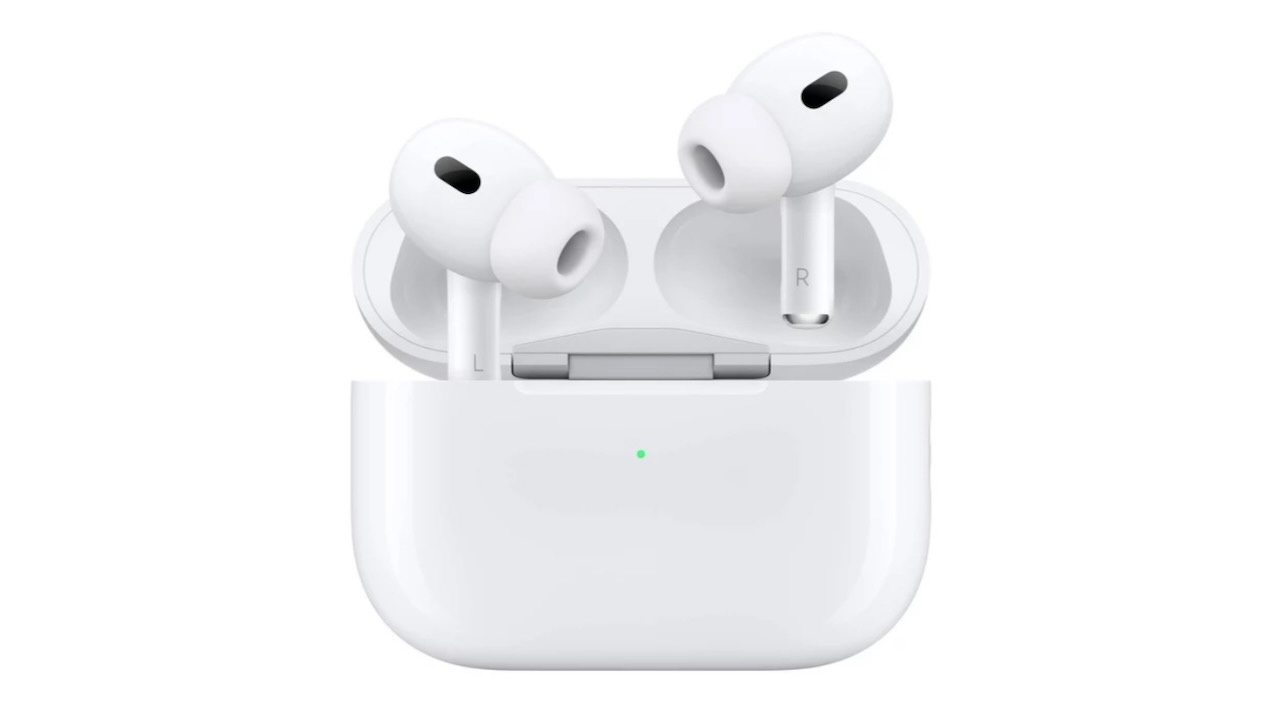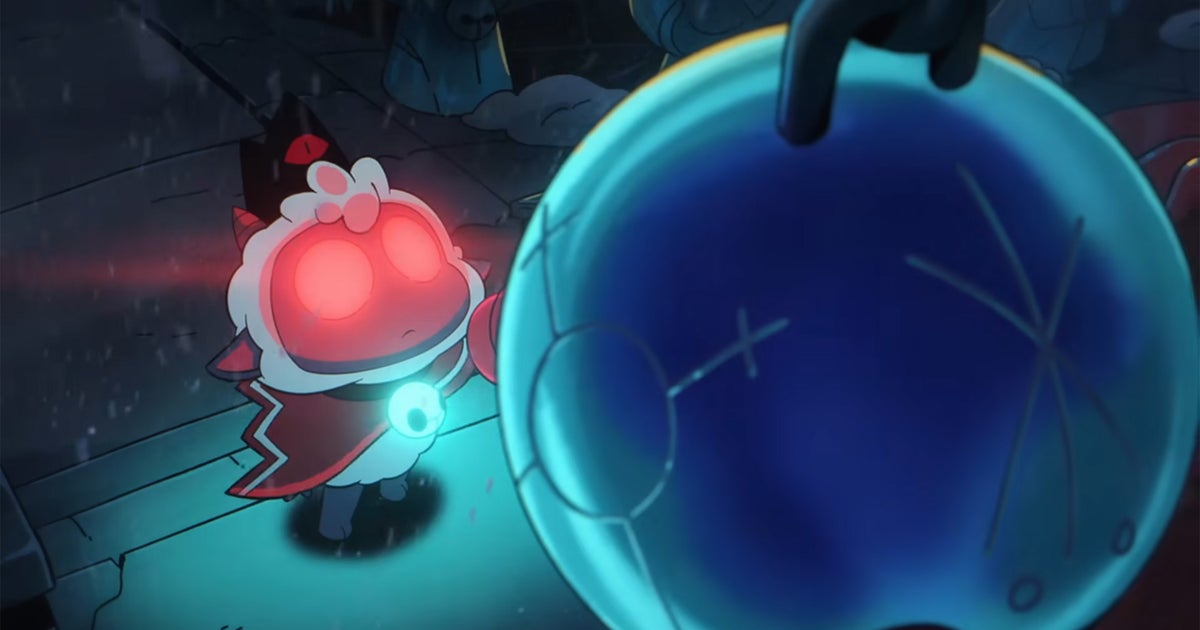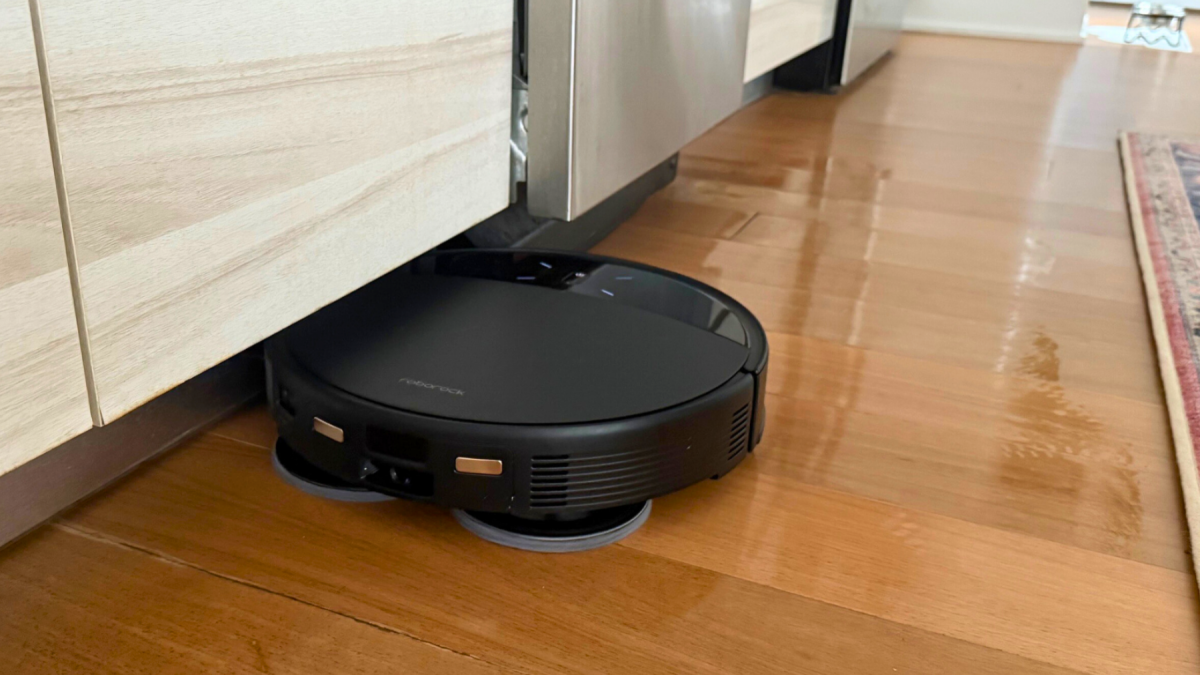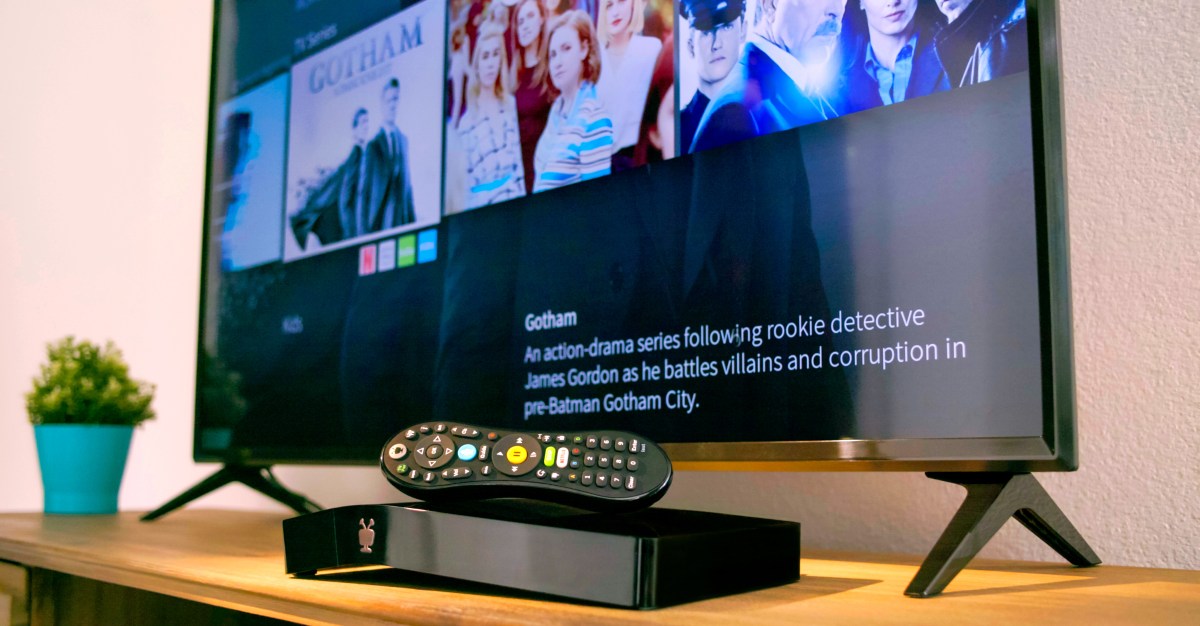Final analysis from the
revealed that 177-Lu-edotretide (ITM-11) vs everolimus met its primary and secondary endpoints in patients with gastroenteropancreatic neuroendocrine tumors (GEP-NETs).The final analysis was announced at the 2025 European Association of Nuclear Medicine Annual CongressSociety for Medical Oncology (ESMO) Congress on October 18, 2025.21 The results were presented by Jaume Capdevila, MD, PhD, Vall d’Hebron University Hospital.
The primary endpoint was progression-free survival (PFS), which was reached with statistically significant and clinically meaningful improvement. The median PFS was significantly longer in patients who tookadministered ITM-11 compared to those who tookadministered everolimus. The secondary endpoint of the trial was overall survival (OS), which was also identified to be higher in patients who tookwere administered ITM-11 vs everolimus.2
There was a total of 207 patients in the ITM-11 group and 102 patients in the everolimus group. , respectively. The median ages of both groups were 65 (ITM-11), and 61 (everolimus). Majority of patients in both groups were male. The majority of patients had grade 2, non-functional GEP-NETs and had received prior therapy.1,2
What Were the Results of the COMPETE Trial?
COMPETE met its primary endpoint of PFS, which proved to be significantly longer in patients treated with ITM-11 vs everolimus. The central assessment was 23.9 vs 14.1 months (HR, 0.67; 95% CI, 0.48–0.95; P=.022).; HR .67, 95% CI [.48, .95]). The local assessment was 24.1 vs 17.6 months (P=.010; HR, 0.66; 95% CI, 0 [.48–0, .91] P =.010;).2
In the subgroup analysis of PFS by tumor origin, mPFS was found to be numerically longer in GE-NETs and P-NETs in the ITM-11 arm. In GE-NETs the mPFS was 23.9 vs 12 months (P=.090; HR 0.64, 95% CI, 0i [.38–, 1.08;] P=.090;). In P-NETs the mPFS was 24.5 vs 14.7 months (HR, 0.70, P=.114; HR .70, 95% CI, 0 [.45–, 1.09; P=.114;]).2
It was also identified that mPFS was numerically longer in grade 1 and significantly longer in grade 2 tumors in the ITM-11 arm. Grade 1 was 30 vs 23.7 months (P=.753; HR, 0.89, 95% CI, 0. [.42–, 1.8; 7]P =.753;), and grade 2 was 21.7 vs 9.2 months (P=.0003; HR 0.55l , 95% CI, 0i [.37–0, .82] P =.0003).2
In exploring PFS by prior therapy, it was identified that mPFS was numerically longer in the first line and significantly longer in the second line in the ITM-11 arm. First line data showed the mPFS was not reached in the ITM-11NR vs 18.1 months (P=.249; HR, 0.60, 95% CI, 0 [.25–, 1.45; P =.249]), and second line data showed 23.9 vs 14.1 months (P=.039; HR, 0.68; , 95% CI, 0 [.47–0,, 98] P=.039).2
Overall response rates (ORR), one of the secondary endpoints of the trial, was found to be significantly higher in the ITM-11 arm. Central assessment was 21.9% vs 4.2% (P<.0001), and local assessment was 30.5% vs 8.4% (P<.0001).2
What Adverse Events Were Reported?
Adverse events (AEs) related to the drug study were experienced by 82% of patients ITM-11 group, and 97% of patients in the everolimus group. The most common AEs reported were nausea (30% vs 10.1%), diarrhea (14.3% vs 35.4%), asthenia (25.3% vs 31.3%), and fatigue (15.7% vs 15.2%). These AEs were expected based on the known safety profile of ITM-11.2
AEs leading to premature study discontinuation wereas 1.8% vs 15.2% among both groups, respectively, dose modification or discontinuation wereas 3.7% vs 52.5%, among both groups, and the amount of patients with delayed study drug administration due to toxicity was 0.9% in the ITM-11 group, and none 0% in the everolimus group.2
Dosimetry data showed targeted tumor uptake with low exposure to healthy organs, with normal organ absorbed doses well below safety thresholds.
What Were the Patient Criteria?
Patient inclusion criteria included being 18 or older, having well-differentiated, non-functional GE-NET or functional/non-functional P-NET;, grade 1/2 unresectable or metastatic, progressive, SSRT-positive+ disease; and , being treatment-naive to first-line therapies or progressing , or progressed under prior second-line therapies.1,2
Morphologic imagining was conducted in 3-month intervals. The PFS follow-up was done every 3 months after the first 30 days. Long-term follow-up was done every 6 months.
“With these data combining extensive dosimetry information from more than 200 patients included in a prospective trial, ITM is laying the groundwork for improved therapeutic decision-making by providing important insights into tumor uptake and treatment variability,” Emmanuel Deshayes, MD, PhD, professor in biophysics and nuclear medicine at the Montpellier Cancer Institute in France, said in a news release.2 “It may offer clinically meaningful implications for optimizing individualized patient management.”
Dosimetry data from COMPETE shaped the design of ITM’s phase 3 COMPOSE (NCT04919226)4 trial, with ITM-11 in well-differentiated, aggressive grade 2 or grade 3 SSTR-positive+ GEP-NET tumors, as well as the upcoming phase 1 pediatric KinLET (NCT06441331) study in SSTR-positive+ tumors.
DISCLOSURES: Capdevila noted grants and/or research support from Advanced Accelerator Applications, AstraZeneca, Amgen, Bayer, Eisai, Gilead, ITM, Novartis, Pfizer, and Roche; participation as a speaker, consultant, or advisor for Advanced Acclerator Applications, Advanz Pharma, Amgen, Bayer, Eisai, Esteve, Exelixis, Hutchmed, Ipsen, ITM, Lilly, Merck Serono, Novartis, Pfizer, Roche, and Sanofi; position as advisory board member for Amgen, Bayer, Eisai, Esteve, Exelixis, Ipsen, ITM, Lilly, Novartis, and Roche; and a leadership role and chair position for the Spanish Task Force for Neuroendocrine and Endocrine Tumours Group (GETNE).

